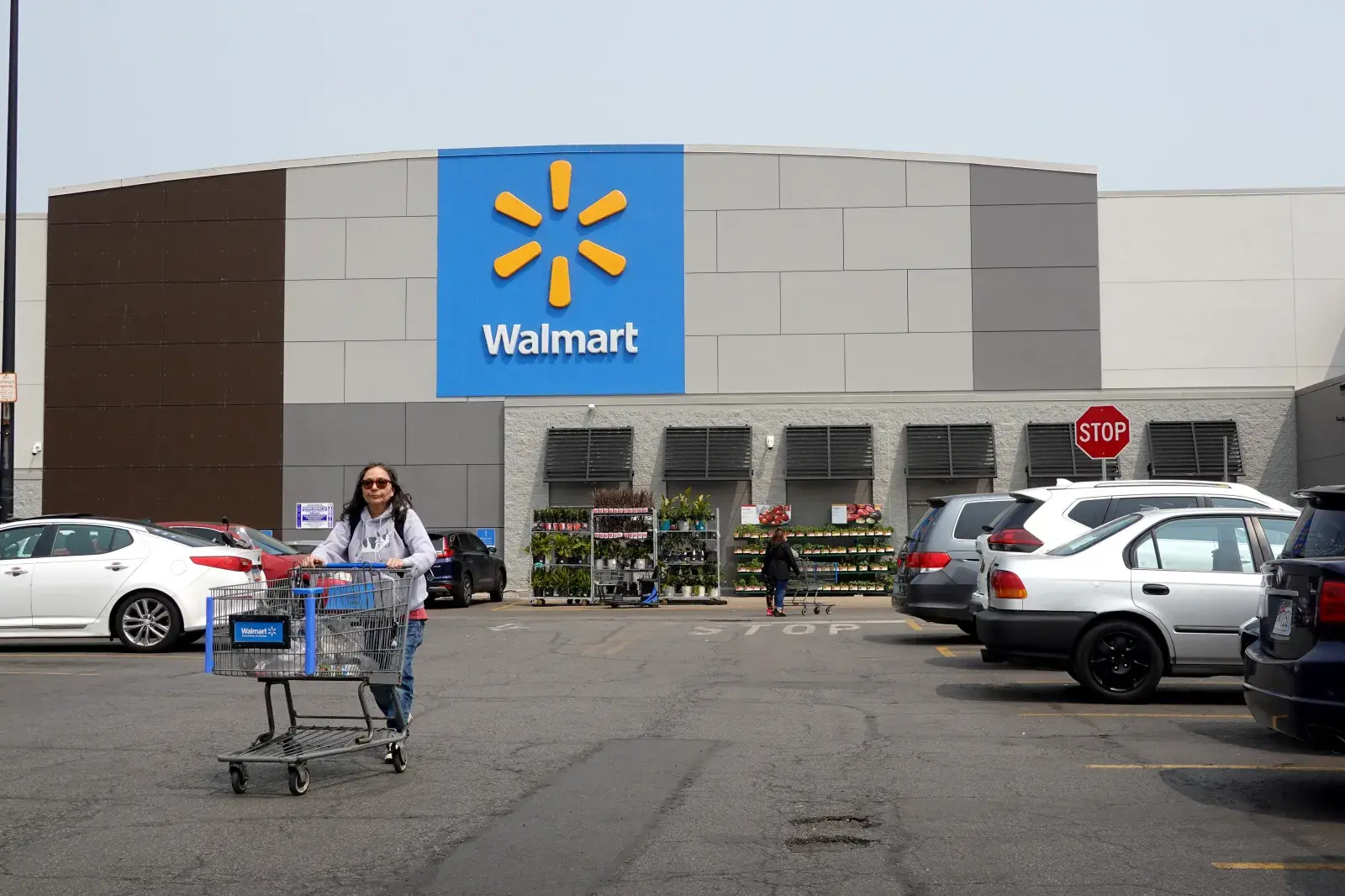Tens of millions of Americans are facing delays to their Supplemental Nutrition Assistance Program (SNAP) benefits in November due to the ongoing government shutdown. There is a legal dispute over whether emergency funds from the U.S. Department of Agriculture can be used to fund the benefits.
State leaders from 25 Democrat-led states and the District of Columbia have sued the federal government over whether contingency funds—a reserve of money set aside to cover possible unforeseen expenses where regular appropriations have not been made—should be used to keep SNAP benefits flowing.
Nearly 42 million people across the country receive SNAP benefits, which are uploaded to electronic benefit transfer cards on a monthly basis to purchase groceries at participating retailers.
The Claim
Connecticut Democratic Representative Rosa Luisa DeLauro said on October 28: "I am the ranking member on the appropriations committee and I promise you that there is funding available to provide SNAP benefits beyond November 1.
"There is at the very least over $5 billion dollar in contingency funds that Congress set aside."

The USDA holds contingency funds to be used to fund operations when regularly appropriated funds are unavailable. The exact value of this fund is not clear, but the lawsuit puts it at around $6 billion. Newsweek contacted the USDA for clarification via email on Wednesday.
According to the lawsuit filed by the state leaders, "USDA suspended SNAP benefits even though, on information and
belief, it has funds available to it that are sufficient to fund all, or at least a substantial portion, of November SNAP benefits."
Preliminary data from the USDA shows the value of SNAP benefits sent out to recipients in May 2025 was $7,864,859,076—the latest month for which data is available. This exceeds the estimated amount of the reportedly available contingency funds.
The lawsuit also points out that the USDA has continued some services during the shutdown by shifting existing funds. For example, it redirected money to deliver aid to farmers and reopen about 2,100 Farm Service Agency offices. It also used Section 32 funds to temporarily support the Special Supplemental Nutrition Program for Women, Infants, and Children (WIC) program.
However, the lawsuit says that despite having the same authority to do so, the USDA has chosen not to use these funds to keep SNAP benefits running.
The Facts
SNAP is a mandatory program, but it relies on federal appropriations for its funding. Because these funds have not been released amid the ongoing government shutdown, the USDA has said benefits cannot be distributed.
A September 2025 shutdown plan for the USDA says there is a "bona fide need to obligate benefits for October—the first month of the fiscal year—during or prior to the month of September, thereby guaranteeing that benefit funds are available for program operations even in the event of a government shutdown at the beginning of a fiscal year.
"These multiyear contingency funds are also available to fund participant benefits in the event that a lapse occurs in the middle of the fiscal year."
However, according to an October 24 memo from the USDA: "SNAP contingency funds are only available to supplement regular monthly benefits when amounts have been appropriated for, but are insufficient to cover, benefits. The contingency fund is not available to support FY 2026 regular benefits, because the appropriation for regular benefits no longer exists."
Lawmakers and the government are now locked in a court battle over whether or not those funds can be used during a federal shutdown.
Republican Speaker of the House of Representatives Mike Johnson said earlier this week, "There has to be a preexisting appropriation for the contingency to be used, and Democrats blocked that appropriation when they rejected the clean continuing resolution.
"The best way for SNAP benefits to be paid on time is for the Democrats to end their shutdown."
The Ruling
True.
There are contingency funds available, estimated to be between $5 billion and $6 billion. However, whether these can legally be used to pay for SNAP benefits is disputed. Even if they are allowed, they will still not be sufficient to cover the entire estimated $8 billion monthly cost of the program.
For now, the USDA has said SNAP benefits cannot be paid until the government shutdown ends. The result of the legal proceedings brought by state leaders is pending.






















